Modern Aces of Spades
Many modern aces of spades are anonymous so that, in the absence of any other information, the collector has difficulty deciding who made them.
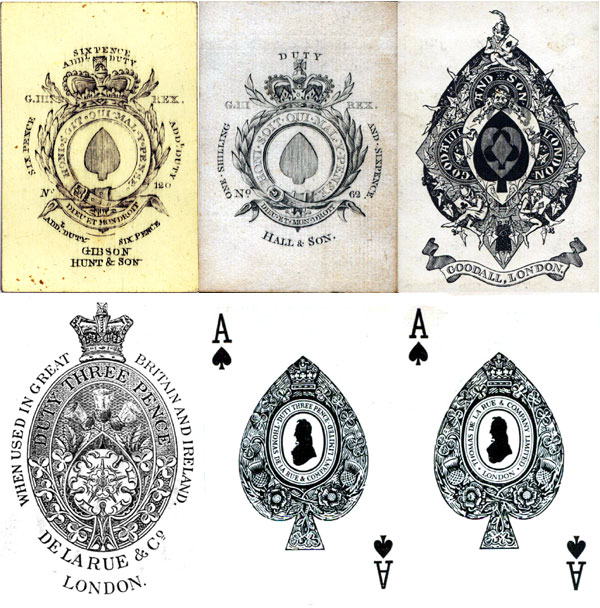
Above: aces of spades usually carry the manufacturer's name.
On English packs the design and wording on the ace of spades will tell you the maker’s name and, until 1862, the amount of tax paid. Taxation on playing cards was a form of protectionism and a means of raising revenues for the Exchequer, but ultimately the amount received from playing card duty was less than the cost of administering the tax. In his budget speech on 4th April 1960 the Chancellor of the Exchequer announced the decision to abolish the excise duty on playing cards in the UK. After this time the ace of spades remained a maker’s identification device with a more elaborate design than the other three aces, but no longer represented any tax or duty paid to the treasury.
For History of the Ace of Spades, see 
American manufacturers have also tended to follow the English tradition of an elaborate ace of spades as a trade mark or manufacturer’s badge.
However, some makers produce custom packs for third parties, either as promotional items (eg: Haig whisky, Simpsons etc) or on behalf of other companies (Wills Cigarettes, Dubreq etc) and the ace of spades may or may not be informative. Some generic designs are copied and used by various makers, hence duplicate images assigned to different makers. Some makers have been taken over or otherwise ceased trading only for their designs to be adopted by other companies.
Consequently a large number of modern aces of spades are anonymous so that, in the absence of any other information, the collector has difficulty deciding who made it. In addition, Chinese card factories were all formerly owned by the state, and as such packs did not carry a maker's name, simply 'China'.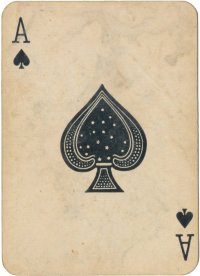
Above: Butterfly 102 brand, made in China
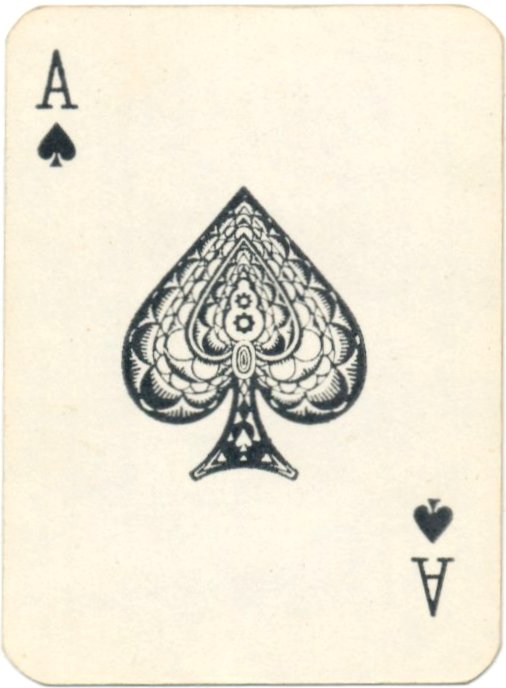
Above: Tiger 2004 brand, made in China

Above: Butterfly 202 brand, made in China

Above: Elephant 505 brand, based on Waddington's ace of spades but made in China

Above:
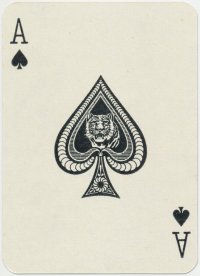
Above:

Above: China
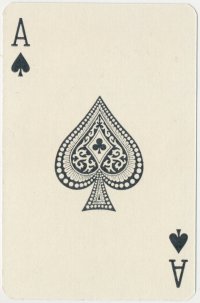
Above: China

Above: China
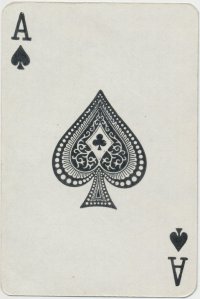
Above: China
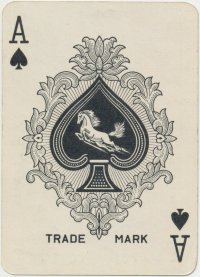
Above: China
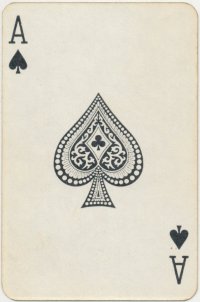
Above: Giraffe 800 brand, China
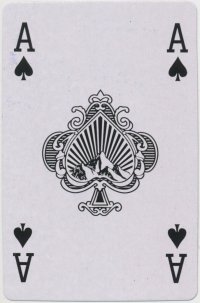
Above:
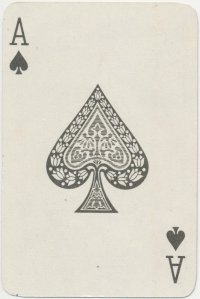
Above:

Above:
.jpg)
Above: Altenburger Stralsunder (Germany)
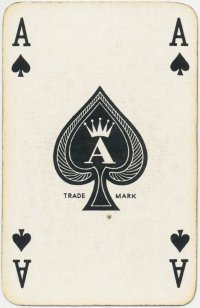
Above: Altenburger Stralsunder (Germany)
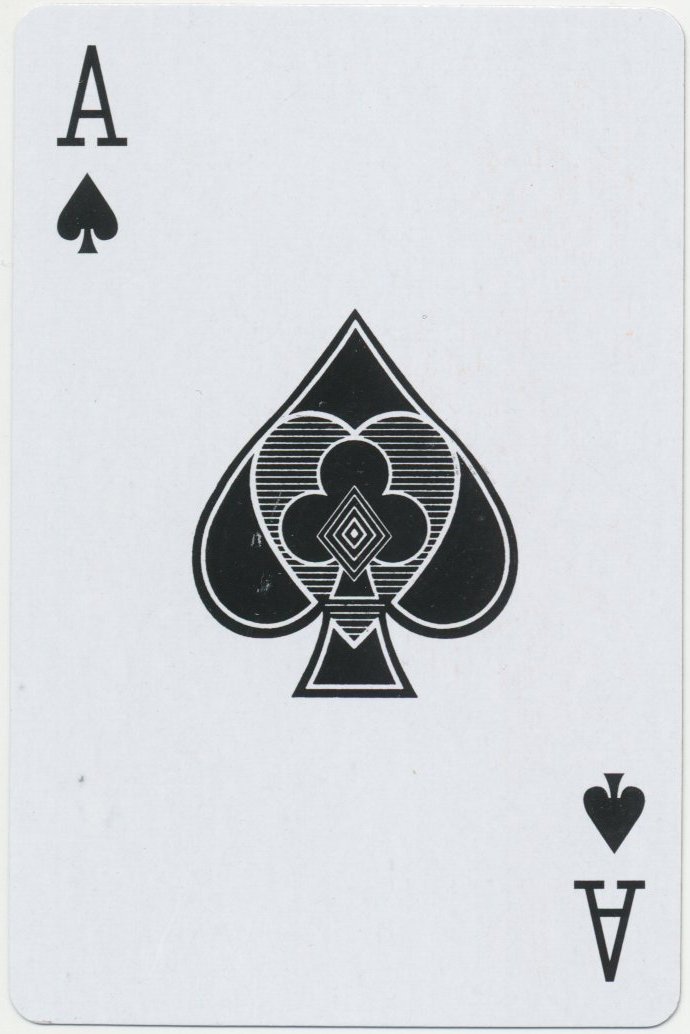
Above:

Above: Artex (Hungary)
.jpg)
Above:

Above: OTK (Czech) for Bancroft & Partners Ltd (UK)
.jpg)
Above: Berliner Spielkarten (Germany)
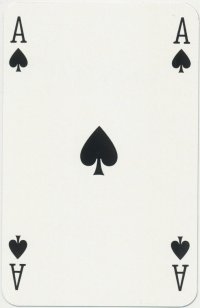
Above: Berliner Spielkarten (Germany)
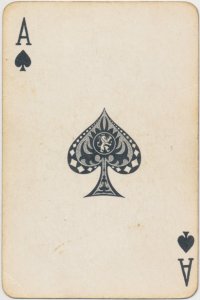
Above: Léonard Biermans, Belgium

Above:

Above:

Above:
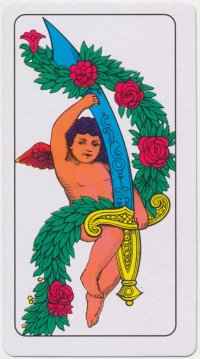
Above:
.jpg)
Above:

Above:
.jpg)
Above: Carta Mundi (Belgium)
.jpg)
Above: Carta Mundi (Belgium)
.jpg)
Above: Carta Mundi (Belgium)
.jpg)
Above: Carta Mundi (Belgium)
.jpg)
Above: Carta Mundi (Belgium)
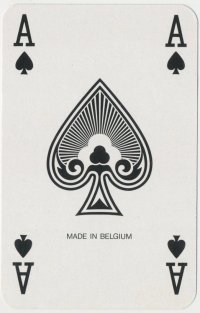
Above: Carta Mundi (Belgium)
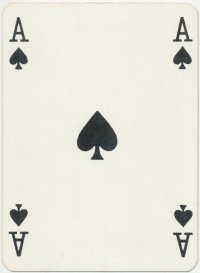
Above: Catel & Farcy (France)
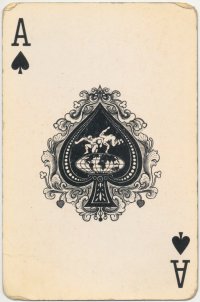
Above: Hong Kong / China
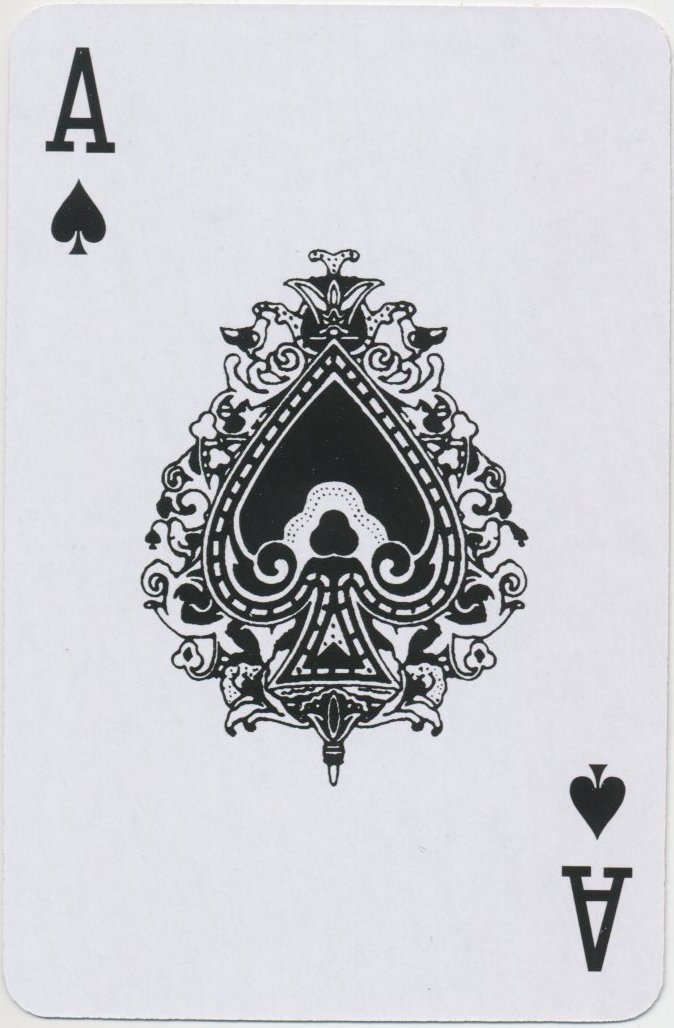
Above:
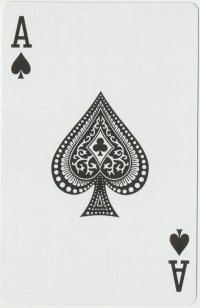
Above:
.jpg)
Above:
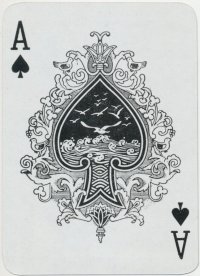
Above:
.jpg)
Above:
.jpg)
Above:
.jpg)
Above:
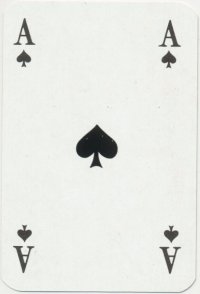
Above:
.jpg)
Above:
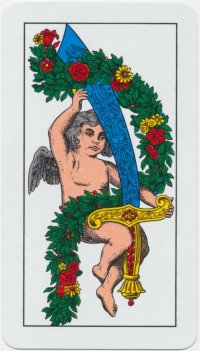
Above: Dal Negro (Italy)

Above: La Ducale (France)
.jpg)
Above: China

Above: China
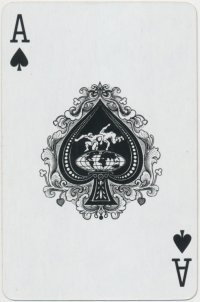
Above:
.jpg)
Above: China
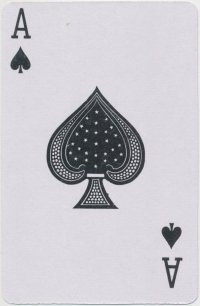
Above: China

Above: Faustino Solesio (Italy)

Above: China
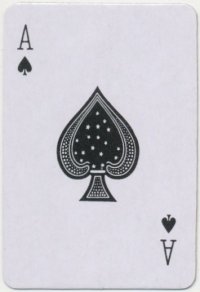
Above: China
.jpg)
Above: F.X. Schmid (Germany)
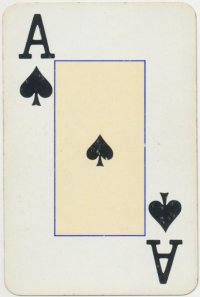
Above: F.X. Schmid (Germany)

Above: China

Above: Japanese.

Above:

Above: China
.jpg)
Above: Goodall & Son (UK)

Above: Goodall & Son (UK)

Above:

Above: Grimaud (France)

Above:

Above:

Above:
.jpg)
Above:
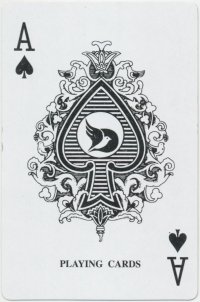
Above:
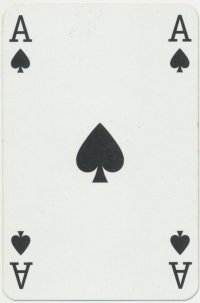
Above: Hearts Playing Cards (NL)
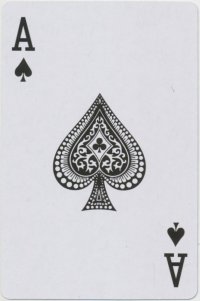
Above:

Above:
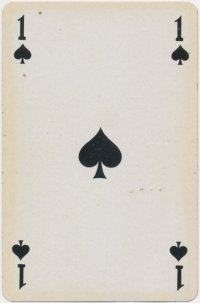
Above: Heraclio Fournier (Spain)
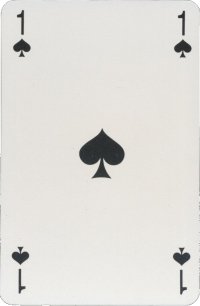
Above: Heron (France)
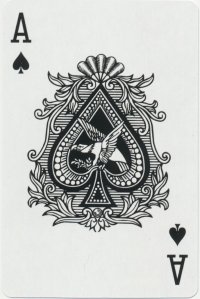
Above: House of Marbles
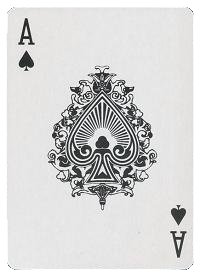
Above:
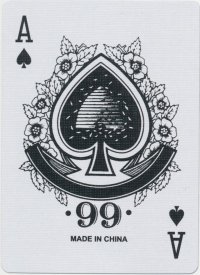
Above:

Above:
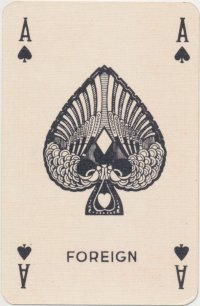
Above: La Turnhoutoise (Belgium)
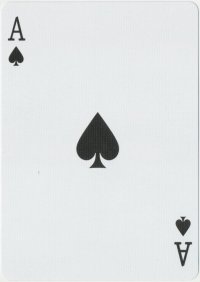
Above: Legends P.C.Co
.jpg)
Above: Piatnik (Austria)
.jpg)
Above: Piatnik (Austria)
.jpg)
Above: Piatnik (Austria)
.jpg)
Above: Piatnik (Austria)
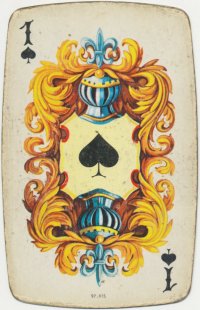
Above: Piatnik (Austria)
-sdn-(malaysia).jpg)
Above: Malaysia
.jpg)
Above:

Above:
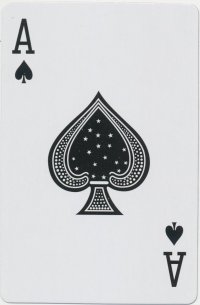
Above:
.jpg)
Above:
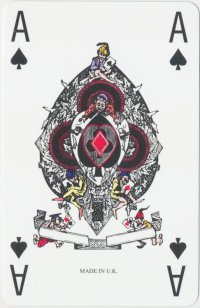
Above: Richard Edward (UK)
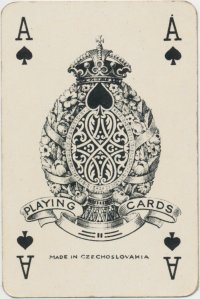
Above: Ritter/OTK (Czech)
.jpg)
Above:
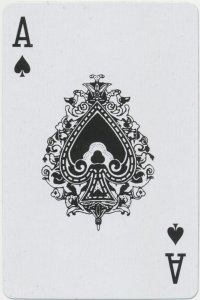
Above:
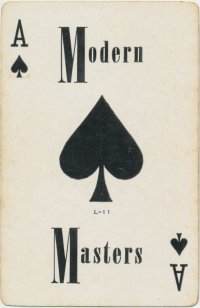
Above:
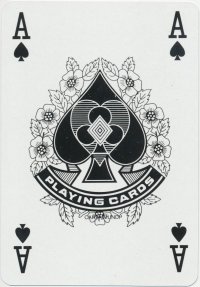
Above: Shamrock Gift Co (Made in China)

Above: Shamrock Gift Co (Made in China)

Above: China

Above:

Above: Smiley World

Above: Spears Games
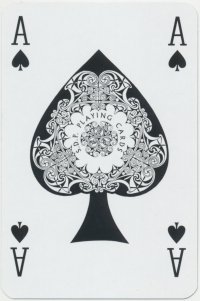
Above:

Above: Germany
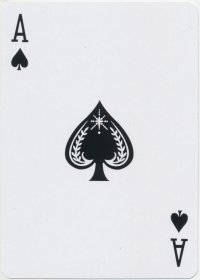
Above:
.jpg)
Above:
.jpg)
Above:
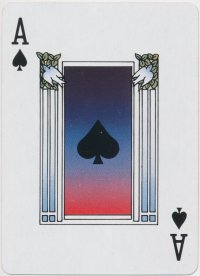
Above:
.jpg)
Above: De la Rue & Co (UK)
.jpg)
Above: De la Rue & Co (UK)
.jpg)
Above: De la Rue & Co (UK)
.jpg)
Above: De la Rue & Co (UK)
.jpg)
Above: De la Rue & Co (UK)
.jpg)
Above: De la Rue & Co (UK)
.jpg)
Above: De la Rue & Co (UK)

Above: De la Rue & Co (UK)
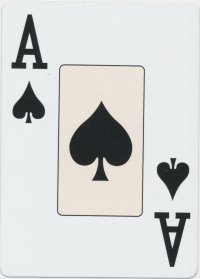
Above: Danish pack.

Above:
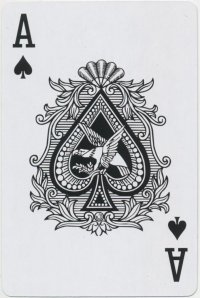
Above:
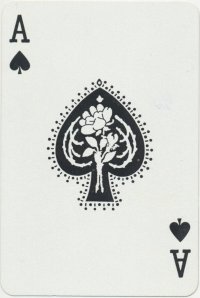
Above:
.jpg)
Above: USPCC
.jpg)
Above: USPCC
.jpg)
Above: USPCC
.jpg)
Above: USPCC
.jpg)
Above: USPCC
.jpg)
Above: USPCC
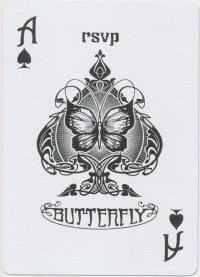
Above: USPCC
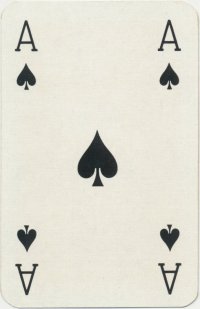
Above: Van Genechten (Belgium)
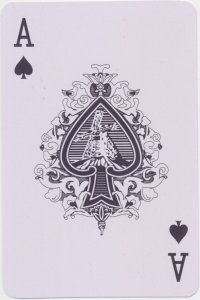
Above: Veekay

By Matt Probert
Member since March 02, 2012
I have adored playing cards since before I was seven years old, and was brought up on packs of Waddington's No 1. As a child I was fascinated by the pictures of the court cards.
Over the next fifty years I was seduced by the artwork in Piatnik's packs and became a collector of playing cards.
Seeking more information about various unidentified packs I discovered the World of Playing Cards website and became an enthusiastic contributor researching and documenting different packs of cards.
I describe my self as a playing card archaeologist, using detective work to identify and date obscure packs of cards discovered in old houses, flea markets and car boot sales.
Related Articles

Modern Swiss-German Pattern (carta.media)
Modernizing tradition: balancing clarity and continuity in regional card design.

Tactics Design
Late modernist Japanese playing cards designed by Masayoshi Nakajo for Tactics Design.

The Decadent Deck
Studies in the eroticism of the female body by Inge Clayton.

Historic Shakespeare
“Historic Shakespeare” playing cards featuring Shakespearean characters by Chas Goodall & Son.

Sunday Night / Nichiyoubi no Yoru
An irreverent, avant-garde deck unofficially titled "Nichiyoubi no Yoru" (Sunday Night), designed by...

Emilio Tadini playing cards
Beautiful dreamlike playing card designs by Emilio Tadini.

Zürcher Festspiel 1903
Swiss-suited pack designed by Robert Hardmeyer featuring figures from art and politics.

Never Mind the Belote
Limited edition Belote pack with designs by a collective of 24 street artists.

Playing card designs by Franz Exler
Reconstruction of playing cards from the original 1903 designs.

MITSCHKAtzen
Clever cat designs by the Austrian artist and illustrator Willi Mitschka.

22 Pittori in 22 Arcani
Collaborative Tarot with contributions from 22 different Italian artists including Menegazzi and Tav...

Whist by Ditha Moser
Ditha Moser created this minimalist Whist deck in 1905, in the style of the Vienna Secession art mov...

Keith Haring playing cards
Energetic graffiti images by the American artist Keith Haring.

Carte di Natale
Designed by Pier Canosa as a Christmas pack for the Cortina Art Gallery in Milan.

Queen of Arts
A wide variety of women artists celebrated on cards with illustrations by Laura Callaghan.

Fredericks & Mae playing cards
A rainbow pack from the design team of Fredericks & Mae and Benjamin English.
Most Popular
Our top articles from the past 28 days


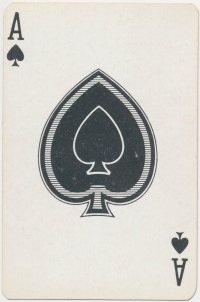
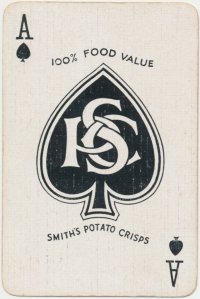
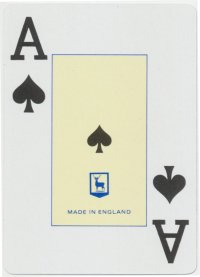
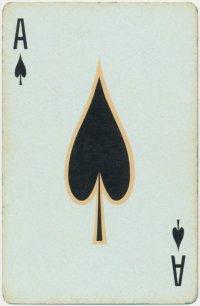



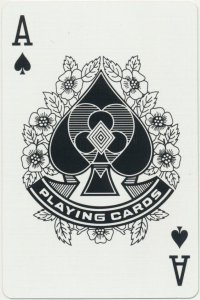


.jpg)
.jpg)
.jpg)
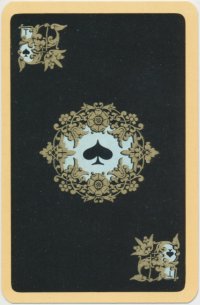
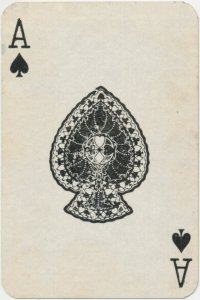
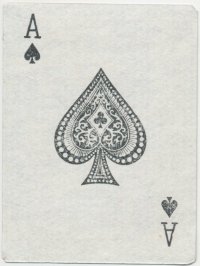



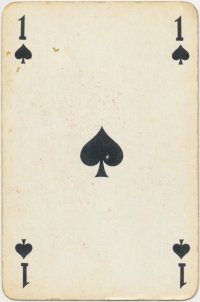

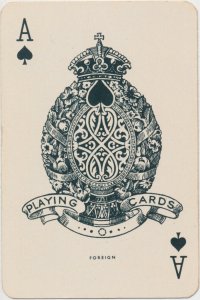



.jpg)
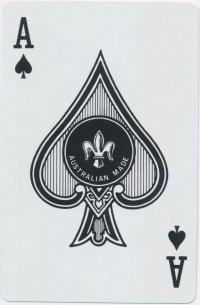
.jpg)
.jpg)
.jpg)
.jpg)
.jpg)

